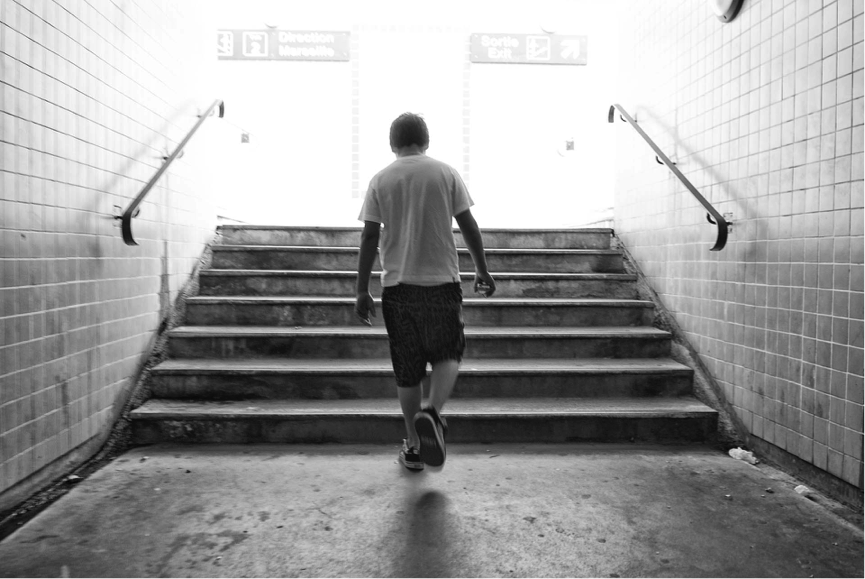
CHILDREN
In the Netherlands, there are about 55,000 adoptees from different countries and different situations. For these people, adoption made a huge difference in their life. Despite the fact that children are given a chance to grow up in a relatively wealthy country, and that this offers them development perspectives that were impossible in their country of birth, adoption is a major event that can have different effects on every child, and it can still influence them in adulthood.
Adoption-related problems can occur in many different forms. Adoption by itself alone does not automatically cause problems, and it definitely does not cause the same problems for every child in every family. However, factors that increase or decrease the development of problems can be recognised. These are factors in the child, factors in the adoptive family, and factors in the interaction between the child and their adoptive parents and surroundings. I will summarise these factors below. The overview below does not include everything, but is meant to offer a global idea of how adoption can influence a child. Understanding how adoption can influence the life of adoptees can help those who are adopted to better understand themselves, and can help those around them to be more understanding towards the person who was adopted. Furthermore, this knowledge can help one to realise when it is time to request help when it is needed.
Factors in the surroundings of the child before the adoption took place.
The circumstances and events in the first phase of the life of a child, even before the adoption takes place, create the basis of their further development. I will describe these circumstances in the paragraph below by listing factors.
* Attachment relationship
To be able to grow up safely, it is important that there is someone with whom the child can have a safe attachment bond with. For adopted children, this was not always the case in the situation they were in before they were adopted. The differences in situations of adopted children before their adoption are substantial. In some cases, the child stays with a family member that loves them and gives them attention. In other cases, the child might be in a home with many different carers, or they have already been in different home situations where they kept trying to adapt to the situation and to attach to the people around them. It is obvious that a child needs a peaceful home situation with 1 or a few people who love them and take care of them. The other scenarios create bigger risks of unsafe attachments and all the problems these can cause.
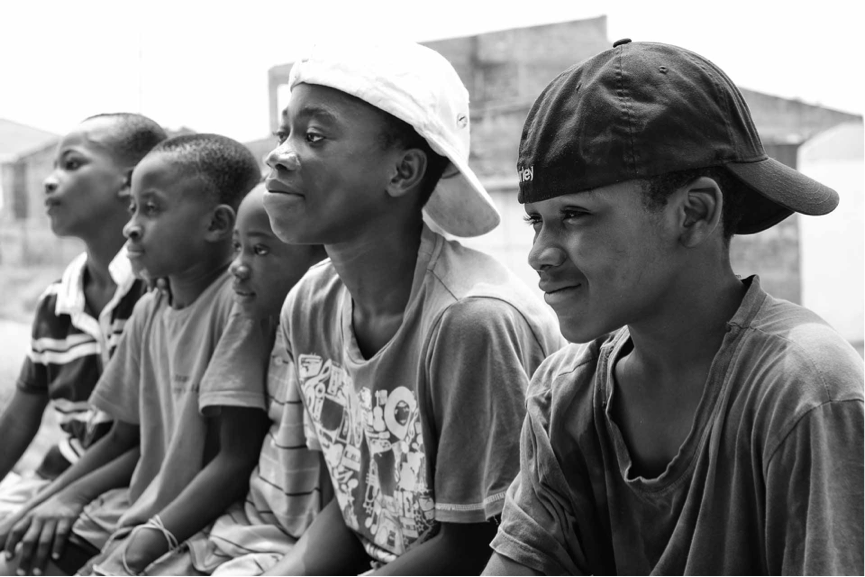
Another risk factor is traumatic events, such as any kind of abuse and neglect. Events like these undoubtedly affect the further development of a child.
The start
How safe is a child’s start? The less safe it is, the more baggage a child has from the moment of conception. Under which circumstances does the conception take place? Was the mother under a lot of stress during her pregnancy? What was the birth like? Factors like these influence the well-being and development of the child from the first phase, and they can increase the risk of problems later in life.
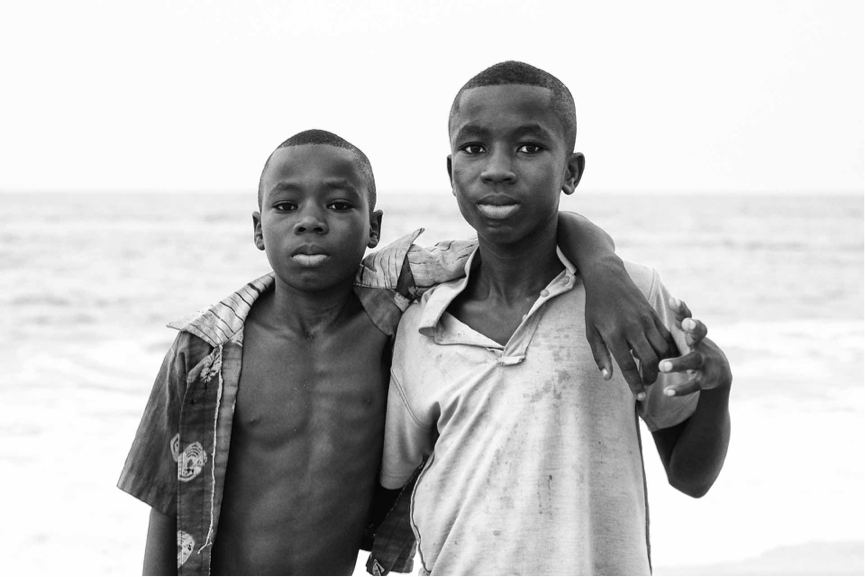
Factors around the adoption
The adoption marks a new phase in the life of a child. Although an adoption cannot change earlier experiences, it can however provide new experiences that weaken earlier experiences or, in unfavourable situations, increase these.
In the circumstances after adoption, the same thing counts: it is important that the child has 1 or more persons with whom it can build up a safe (attachment) bond. Are the attachment figures, in this case the adoptive parents, present, predictable, loving, consequent? This increases the chances of a healthy development of the child, or at least a decrease of the things that were lacking earlier in life. But even when there seems to be a safe and predictable environment at first, unexpected circumstances may come up in the adoptive environment. Adoptive parents could get a divorce, or 1 of the parents could die. Adoptive parents can fall (psychologically) ill themselves, or due to other circumstances they might be able to (temporarily or structurally) offer their child less. Certain events that no one predicted might take place, such as serious illness of a brother or sister, financial problems, or violence by a third party. Because adoptive children have usually already been exposed to 1 or more risk factors before their adoption, they are more vulnerable to these kinds of events. When the risk factors pile up, the chance that the child will develop psychological or behavioural problems increases. However, it is important to emphasise that when a safe and stable environment is offered, there is a good chance that the effects of earlier risk factors can be decreased or even diminished.
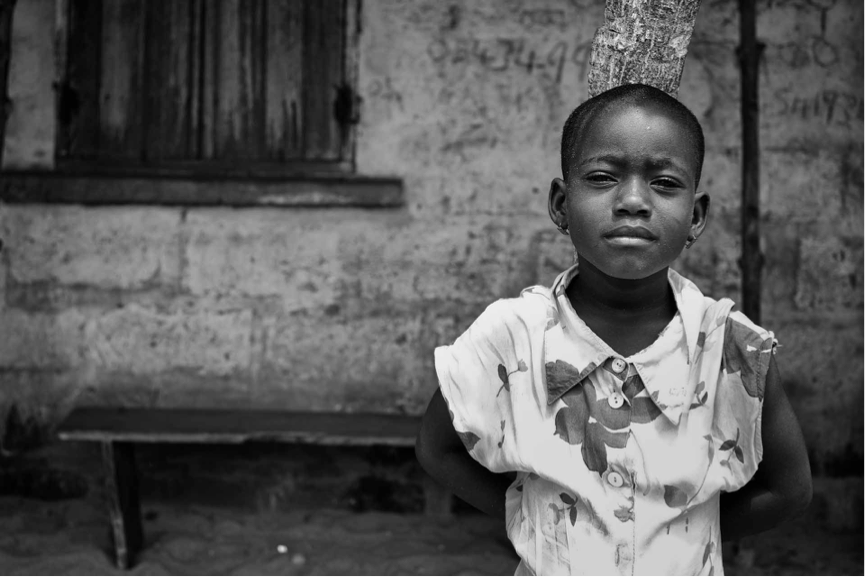
Factors inside the child
We are all born with our own personality, our own set of personal traits. Some of us are introverts, others are extraverts. We are open to new experience, or we are a bit anxious. We generally adapt easily to others, or we always combat them. There are a number of traits like these that, together, form our personality. The risk factors described above can on the one hand increase our innate personality traits. On the other hand, these traits can influence the effect that risk factors have on us. This fact explains why a certain adopted child will react completely different to a situation than another who is placed in the same situation. One child might need professional care to fully develop, whereas another child is fine with just their parents’ love and the competence of the teachers in school. Therefore, this is not completely due to how well the adoptive parents take care of a child, but about how this child, with their own personality, reacts to the situations that they are exposed to in their life.
Interactions between parents and adopted children
All aforementioned factors: the circumstances of their past, the adoptive environment, and the personality of a child cannot be considered separate from each other. The reality is more complex because these factors also affect each other. For example, if the adoptive parents adopt a child that has already been through a lot during the period before their adoption, and they are unable to bond with their adoptive parents in a healthy manner. What happens to the adoptive parents in this case? Do they remain loving and keep setting boundaries, or do they start having conflicts with each other, do they become punitive, do they become (psychologically) damaged? At that moment, they can no longer offer their adopted child the safe situation that they need despite everything, even though they would have been able to under normal circumstances.
Or a less obvious situation: The adoptive parents are extraverted, direct people, whilst the adopted child is an introverted, anxious individual. Because of the manner in which the parents approach them, they get more introverted, because of which the parents push them more and more. One can also imagine a situation in which mild-mannered or chaotic parents have a child that keeps crossing boundaries, and their parents fail to be strict enough, which makes the behaviour of the child worse and worse.
De interactie tussen de adoptieouders en hun geadopteerde kind is dus ook zeker van invloed op hoe het adoptieproces verloopt.
The interaction between the adoptive parents and their adopted child is therefore also very influential in the adoption process.
Therefore, we can state that there are many factors that influence the adoption process, and that means that we cannot make generalised statements about which influence, good or bad, adoption has on the life of a child.
We cannot, however, deny that being adopted always influences the life of a child in some manner. It is something that makes a person different from most others around them, something that (literally) makes a fundamental difference, and which will cause them to have questions about their background and identity during their life.
Whether the adoptee wants to do anything about finding answers to these questions or not seems to be connected to the factors described above: their own personality, problems in their life, the course of their life and the relationship with the adoptive parents and other important figures in their life.
Expressing adoption-related problems
In the paragraphs above, the factors that could cause an adopted child to experience problems are described. But what are these problems like? During the different phases of the life of an adopted child, adoption-related problems could express themselves in different manners. Again, the list below is not complete, other expressions are also possible.

The list below aims towards providing an image of possible problems that children and adults have, and that could be related to the adoption.
A substantial part of adopted children have attachment-related problems, or in the worst case scenario, an attachment disorder. Children with attachment-related problems find it difficult to start and keep relationships with other people that are important (such as parents, brothers, and sisters, other family members), or people that could become important in their life (such as potential partners or friends). Because attachment is important for a healthy development, children with an attachment disorder often experience problems like the aforementioned ones.
For a more extensive and clear description about attachment and attachment-related problems, please view Femke van Roozendaal’s article under the header ‘ Information regarding attachment’ on our information page.
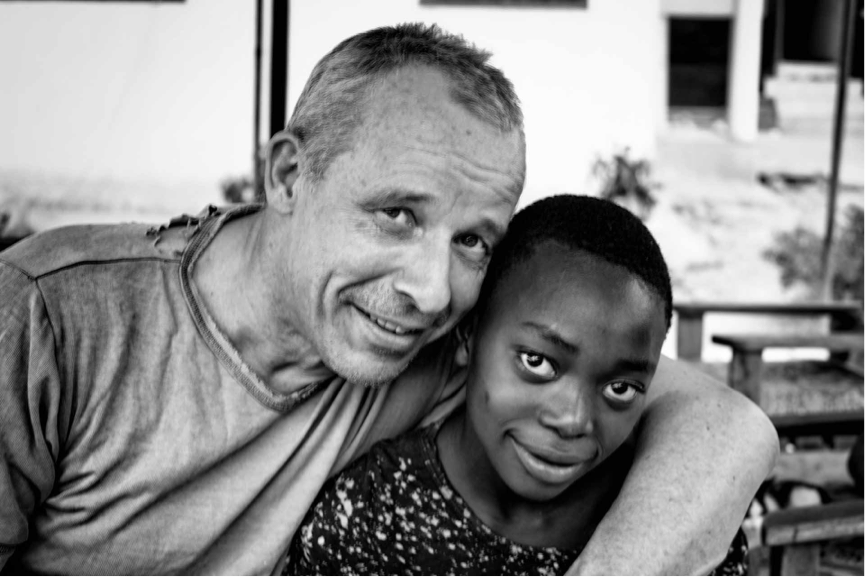
Problems of adults, possibly related to adoption:
Adults who were adopted can suffer from different types of problems. Sometimes the problems have already developed in childhood, and sometimes there are still no problems in adulthood, sometimes problems do not develop until they are older.
These problems regarding contact with others are often adult expressions of attachment-related problems.
Sometimes the problems are so plentiful and severe, that the concerning person experiences long-term limitations in functioning. This possibly also includes personality issues. For more information about personality issues, see for example:
https://www.nvvp.net/website/patinten-informatie/aandoeningen-/persoonlijkheidsstoornis
Portrets of children, adoptive parents and birthmothers who candidly talk about the influence that adoption has on their lives.
Safe bonding is not a matter of course. If an unsafe bond occurs so often, how bad is that really?